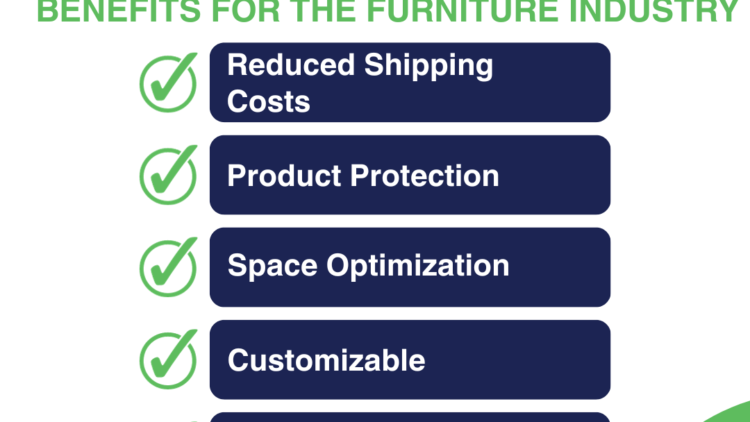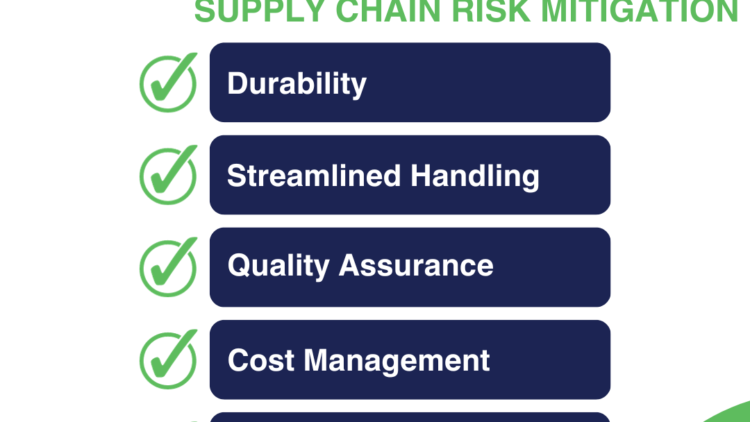Introduction:
In the pursuit of sustainability, businesses are increasingly turning to closed-loop supply chains as a strategic approach to reduce waste, conserve resources, and enhance efficiency. At the heart of this eco-conscious transformation lies returnable packaging. This blog post explores the profound relationship between returnable packaging and closed-loop supply chains and how they together drive the shift towards a more sustainable and circular economy.
Understanding Closed-Loop Supply Chains:
Closed-loop supply chains, often referred to as circular supply chains, aim to keep products and materials in circulation for as long as possible, minimizing waste and maximizing resource efficiency. This concept aligns perfectly with returnable packaging, as it is designed for multiple use cycles, making it a cornerstone of closed-loop systems.
Returnable Packaging as a Key Enabler:
Returnable packaging serves as the linchpin in closed-loop supply chains. These containers are specifically engineered for durability, ease of cleaning, and reuse. Their design ensures that they can withstand multiple trips through the supply chain, reducing the need for constant replacement and decreasing waste generation.
Reduced Material Consumption:
One of the primary benefits of closed-loop supply chains is the reduction in material consumption. Returnable packaging takes this a step further by optimizing the use of materials. Unlike single-use packaging, which is discarded after one use, returnable containers have a much longer lifespan, reducing the need for continuous production of new packaging materials.
Efficient Reverse Logistics:
Closed-loop supply chains involve the return of used products or materials to the manufacturer or an intermediary for refurbishment, recycling, or reprocessing. Returnable packaging simplifies this process by providing a standardized, efficient way to transport goods back through the supply chain. This streamlines reverse logistics, reducing costs and carbon emissions.
Enhanced Collaboration:
Both returnable packaging and closed-loop supply chains require collaboration among stakeholders. Manufacturers, distributors, retailers, and consumers all play a role in ensuring the success of closed-loop systems. This collaborative approach fosters stronger partnerships within the supply chain, leading to more efficient operations and better resource management.
Sustainable Branding:
As sustainability becomes a central focus for consumers, businesses that embrace closed-loop supply chains and returnable packaging can leverage their eco-friendly practices as a competitive advantage. Sustainable branding can boost customer loyalty and trust, ultimately benefiting the bottom line.
Conclusion:
Returnable packaging and closed-loop supply chains are symbiotic partners in the journey towards a more sustainable and circular economy. Their relationship is characterized by reduced material consumption, efficient reverse logistics, enhanced collaboration, and the promotion of sustainable branding. As businesses strive to reduce waste, conserve resources, and meet the growing demand for eco-friendly practices, the integration of returnable packaging into closed-loop supply chains represents a transformative step toward a greener future.
By embracing this synergy, companies can not only reduce their environmental footprint but also create a positive impact on the planet while simultaneously improving their operational efficiency and brand reputation.





